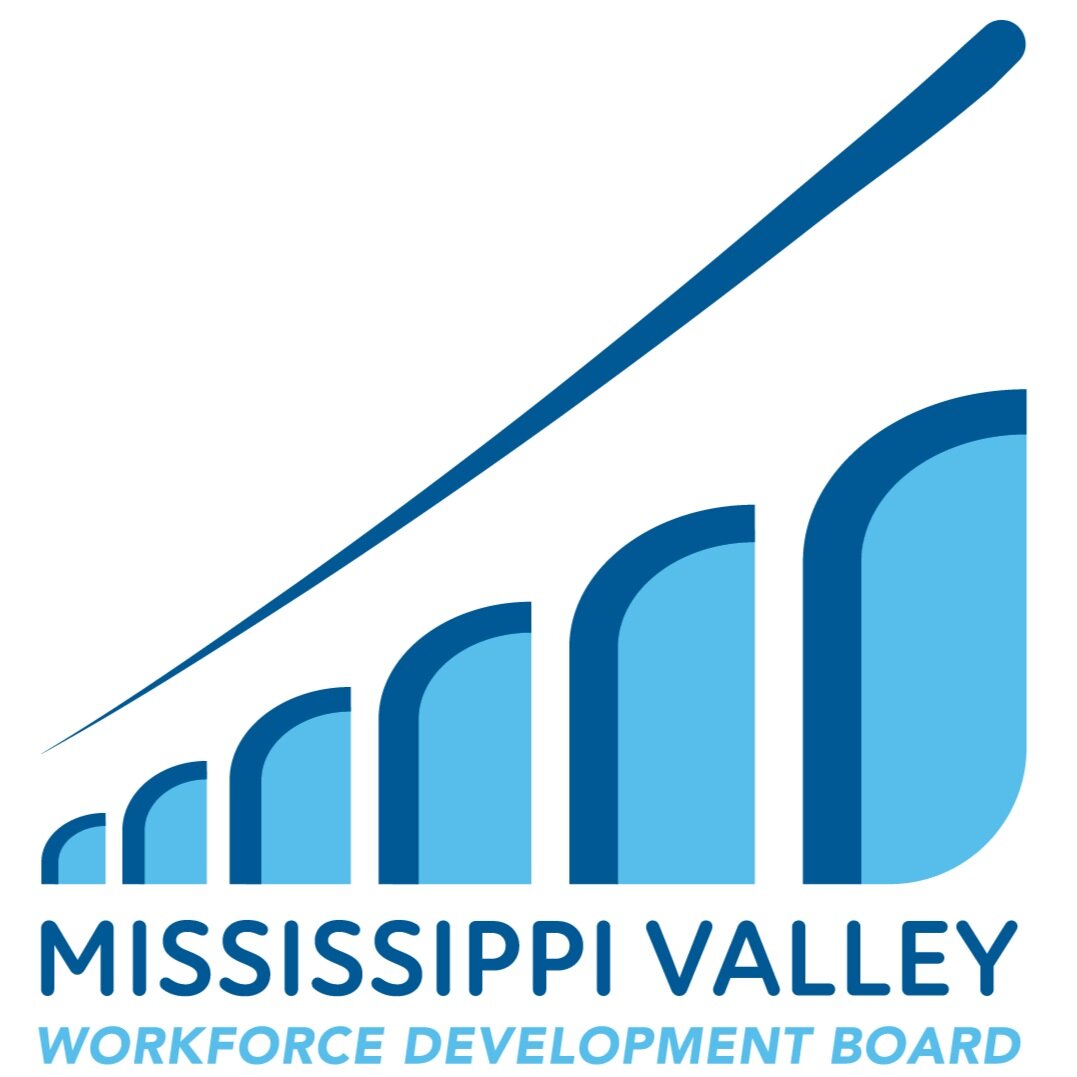-
Sector boards bring together diverse stakeholders, including industry representatives, education and training providers, community organizations, and workforce development agencies. Through collaboration and shared decision-making, you can contribute to developing comprehensive solutions that address the industry's workforce challenges effectively.
What’s an Industry Sector Board?
Industry sector boards are industry-led collaborative efforts that focus on addressing the needs of various industries.
Industry sector boards were previously aligned with the Iowa Department of Education, but have realigned with Iowa Workforce Development as of July 1, 2023. With this change in administrative oversight, sector boards are now convened by Local Workforce Development Boards.
The board aims to align workforce development strategies with the needs of the industry to bridge the skills gap, promote career pathways, and enhance the competitiveness of the sector while creating quality jobs for our communities.
Why Join?
-
WIOA sector boards often have access to funding and resources allocated for workforce development initiatives. By being part of the board, you can stay informed about funding opportunities, grants, and programs that can support your organization's workforce training and development needs.
-
Joining a sector board enables you to contribute to closing the skills gaps in the industry. You can collaborate with training providers to align training programs with industry needs, identify emerging skills requirements, and develop career pathways that provide individuals with the necessary skills for employment in the sector.
-
By actively participating in a sector board, you can enhance your organization's reputation as a leader in the industry. Involvement in initiatives aimed at improving the workforce pipeline and promoting industry growth demonstrates a commitment to the development and success of the sector.
-
As a board member, you can influence the development of strategies and programs that attract and retain skilled talent within the industry. By actively engaging in workforce development efforts, you contribute to building a robust and sustainable talent pool for your organization and the industry at large.
Goals & Objectives
By pursuing these goals, industry sector boards aim to strengthen the connection between the workforce system and industry, promote a skilled and competitive workforce, and drive economic growth in the region.
-
The board aims to align the region’s workforce development efforts with the needs of the industry. This involves understanding the current and future skill requirements of the industry and ensuring that training programs and services provided by the workforce system are responsive to those needs.
-
The board strives to improve the perception of various industries as a career and promote those jobs in the area as quality jobs and set standards for the industry.
-
The board seeks to actively engage industry representatives and employers in workforce development activities. By fostering strong partnerships with industry stakeholders, the board can better understand industry trends, address skill gaps, and create career pathways that lead to quality employment opportunities.
-
One of the primary goals of the board is to develop a robust talent pipeline for industries. This includes attracting individuals to careers, providing training and skill development opportunities, and promoting career advancement pathways within the industry.
-
The board aims to foster collaboration among various stakeholders, including employers, workforce professionals, education and training providers, and community organizations. By bringing together these entities, the board can leverage collective resources, expertise, and networks to address workforce challenges effectively.
-
A key goal of the board is to utilize labor market data and industry insights to inform decision-making processes. By analyzing workforce trends, skill demands, and economic indicators, the board can make informed decisions about workforce development strategies, resource allocation, and programmatic interventions.
-
Ultimately, the board aims to improve employment outcomes for individuals seeking jobs in the sector. This includes increasing the number of individuals employed in the industry, improving the quality of jobs, and reducing unemployment rates within the industry.
-
The board seeks to promote continuous improvement in the workforce development system. This involves evaluating the effectiveness of programs, identifying areas for enhancement, and implementing strategies to address emerging challenges and opportunities within the sectors.








